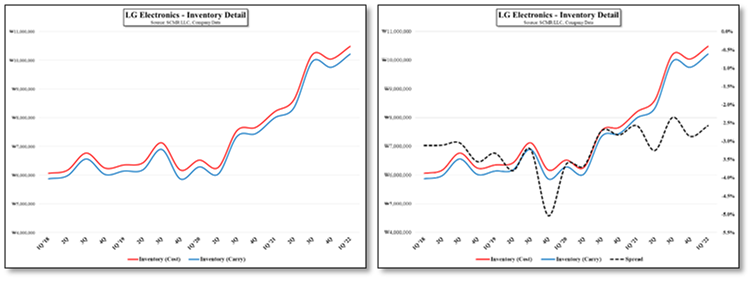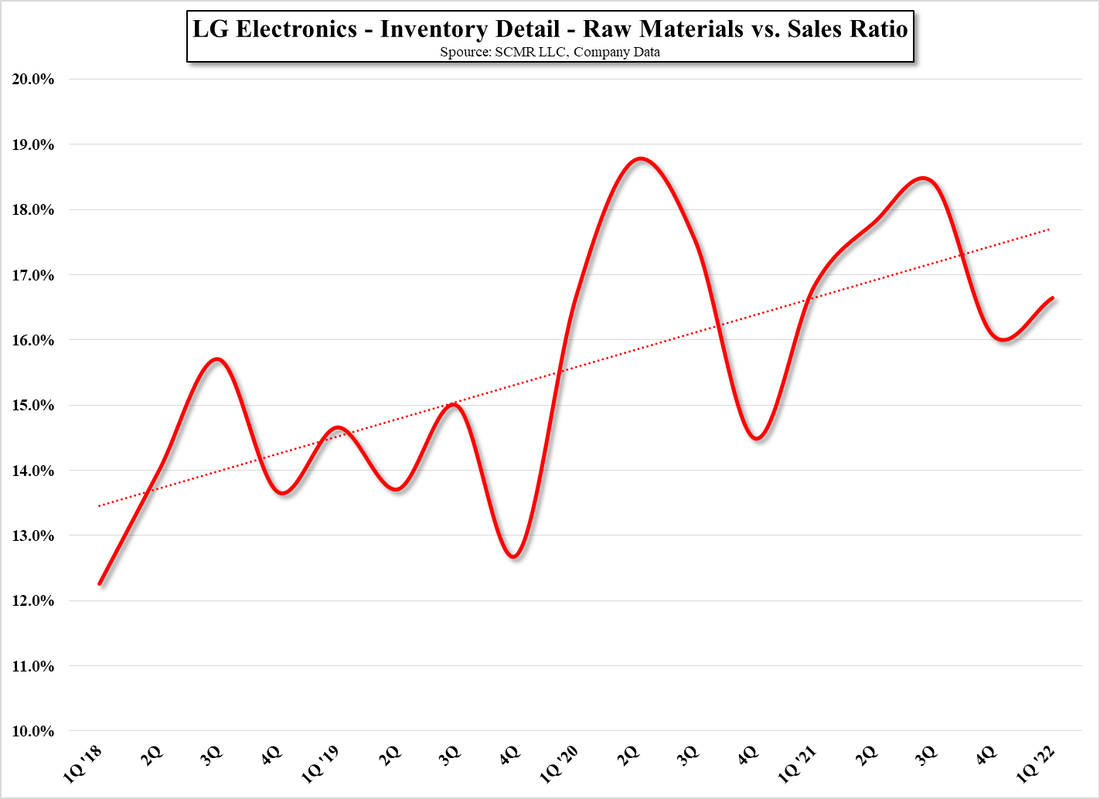Trying to Get Along…
While such auditor inspections have become commonplace in the US, other countries do not have the same standards and there lies the problem with Chinese companies that are listed on US exchanges. Many of such foreign auditing firms have not provided the necessary detail requested by the Board, and peppered with a bit of anti-China sentiment, a conflict has grown as to the undisclosed data and whether it might reveal conflicts of interest at the audit firm level or ties to what the US calls ‘adversarial organizations’ in China, which means the military, that were not revealed in the financial materials provided by the companies.
As we noted, a few have already made the decision to delist, although those procedures have not been completed, while the board is trying to work with other US listed Chinese companies to find a solution that satisfies both sides. The US has selected Alibaba (BABA,9988.HK), JD.com (JD, 9618.HK), Yum China (YUM,9987.HK), and a number of other Chinese US listed companies for inspection in September as part of what seems to be the end of the dispute. The audits will be done in Hong Kong (all have dual listing in the US an HK), whose exchanges have slightly more rigorous disclosure regulations.









 RSS Feed
RSS Feed